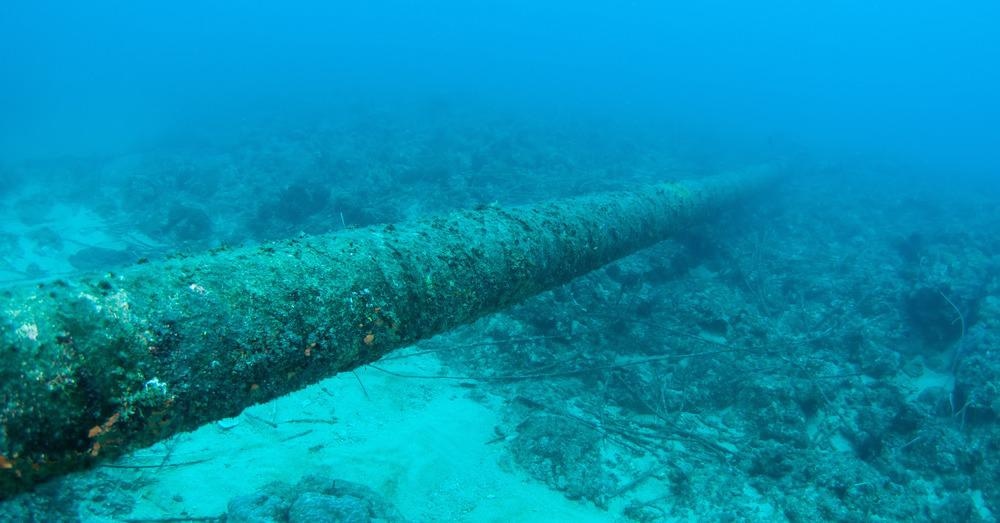Repairing subsea pipes is a difficult, expensive, and time-consuming effort. Depending on the severity of the damage, a compromised subsea pipe may need to be shut off entirely, “stopping its flow and the revenue it generates” ( Charalambides, 2016). To reduce the inconveniences caused by these repairs, Norwegian company Kongsberg Ferrotech is making use of recent 3D printing developments to optimize the process with its new, award-winning Nautilus.
.
Kongsberg Ferrotech has developed a robotic 3D printing solution for seabed pipeline repairs. Image Credit: Jung Hsuan/Shutterstock.com Conventional Subsea Repair Methods Even in cases of minor damage, a compromised pipe will need to be assessed by a remotely operated underwater vehicle (ROV). The seabed around the damage must be dredged by divers, the surface of the pipe must be prepared (which may include milling down welded surfaces) by divers, and a clamp must be lowered in and secured, typically done manually by the divers. Even this example assumes the best-case scenario for the damaged pipe. If the length of the damaged pipe is longer, this process will become even more arduous and intensive. If the damage of the pipe has progressed past minor, the compromised length of the pipe may need […]
Case Study: How PepsiCo achieved 96% cost savings on tooling with 3D Printing Technology
Above: PepsiCo food, snack, and beverage product line-up/Source: PepsiCo PepsiCo turned to tooling with 3D printing...






























0 Comments